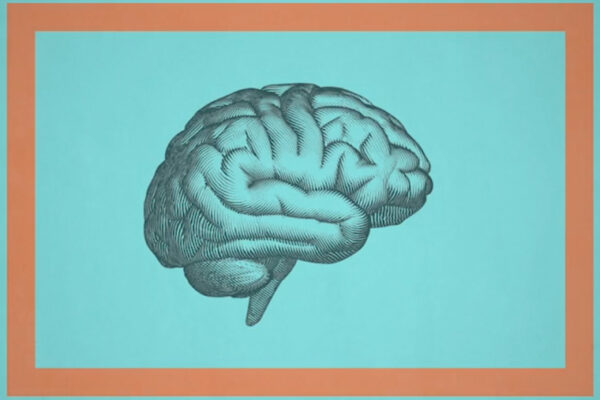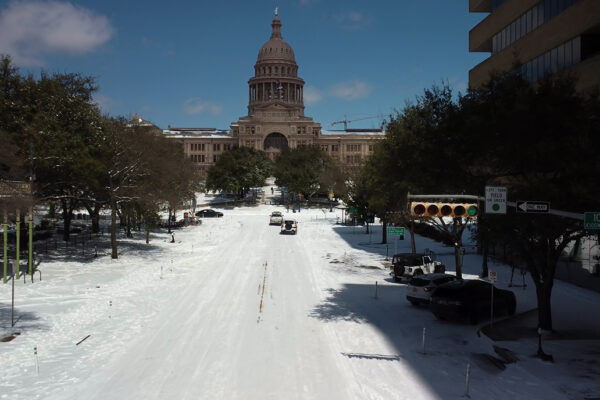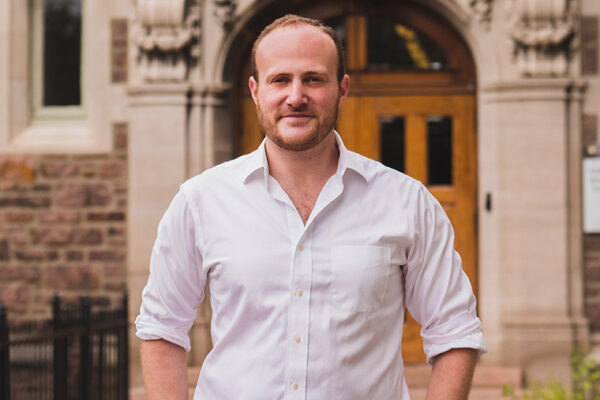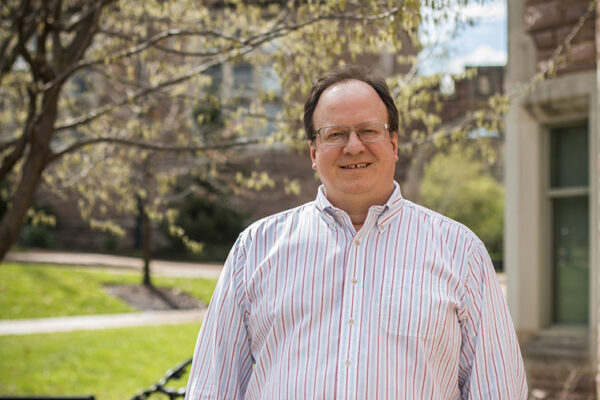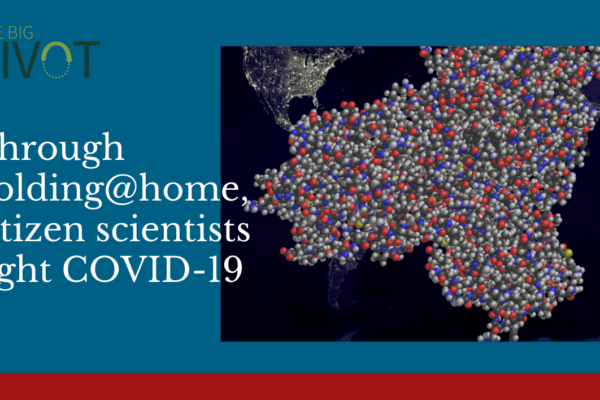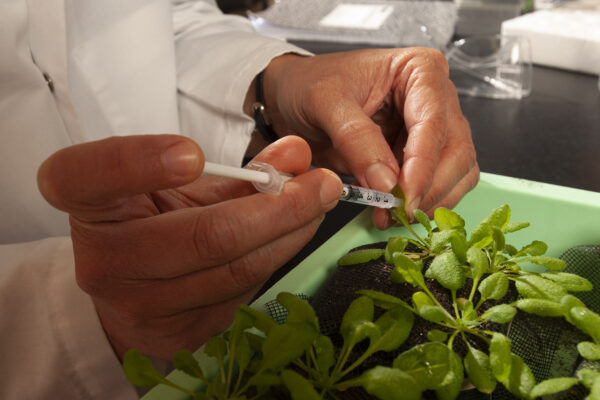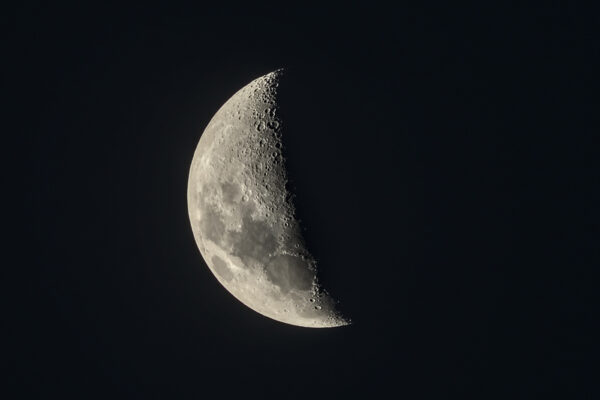Seeing exponential growth for what it is
Jeffrey M. Zacks, professor of psychological and brain sciences in Arts & Sciences, and of radiology at the School of Medicine, explains why we have such a difficult time with exponential growth and how to make its presentation easier to understand.
ERCOT to blame for Texas blackouts, not renewables or fossil fuels
At the McKelvey School of Engineering at Washington University in St. Louis, the situation and the fallout that followed — the rolling or lasting blackouts, national attention, the termination of the energy group’s CEO — prompted Richard Axelbaum, Stifel & & Quinette Jens Professor of Environmental Engineering Science, and Phillip Irace, PhD candidate and NSF Graduate Student Fellow, to take a closer look.
Mathematician Frankel receives NSF CAREER Award
Steven Frankel, assistant professor of mathematics and statistics in Arts & Sciences, received a CAREER Award from the National Science Foundation for his project “Universal Circles Between Dynamics and Geometry.”
Wysession receives award for science literacy work
Michael Wysession, professor of earth and planetary sciences in Arts & Sciences, was recently named the winner of the 2021 Geosciences in the Media Award of the American Association of Petroleum Geologists. The honor recognizes Wysession’s many achievements in promoting geoscience literacy and education.
Leah C. Lorendo, adjunct instructor in engineering, 66
Leah C. Lorendo, adjunct instructor at the McKelvey School of Engineering, died Feb. 23 from complications of cancer. She was 66.
Folding@home quickly pivots to fight COVID-19
When the crowdsourced supercomputing project Folding@home first announced a shift to coronavirus research and asked for new volunteers to run its software and expand its computing capacity, organizations and citizen scientists from all walks of life heeded the call. Now, about four months later, the number of volunteers has increased a hundredfold. Based at Washington University School of […]
Barbara Kunkel: Prolific researcher, exceptional educator
As professor of biology in Arts & Sciences, Barbara Kunkel has made significant contributions to understanding the strategies plant pathogens use to manipulate their plant hosts. In addition to her research, Kunkel is an exceptional educator, beloved by her students.
How WashU scientists are helping NASA study the moon
An Arts & Sciences research team will help build a rover-mounted drill sensor to quantify the 3D distribution of water at the moon’s south pole. The team includes local St. Louis company Impossible Sensing.
Aerosol researchers turn toward COVID-19
Researchers at the McKelvey School of Engineering at Washington University in St. Louis are at the forefront of aerosol science. The Center of Aerosol Science and Engineering (CASE) conducts research from as high as 250 miles above Earth at the International Space Station all the way down to remote marine environments: their expertise ranges from the broadest scale to […]
NIH awards $3.1 million grant for Washington University, St. Jude ALS research
Rohit Pappu and collaborator Tanja Mittag received $3.1 to study RNA-binding proteins that are mutated in patients with familial forms of ALS
Older Stories
